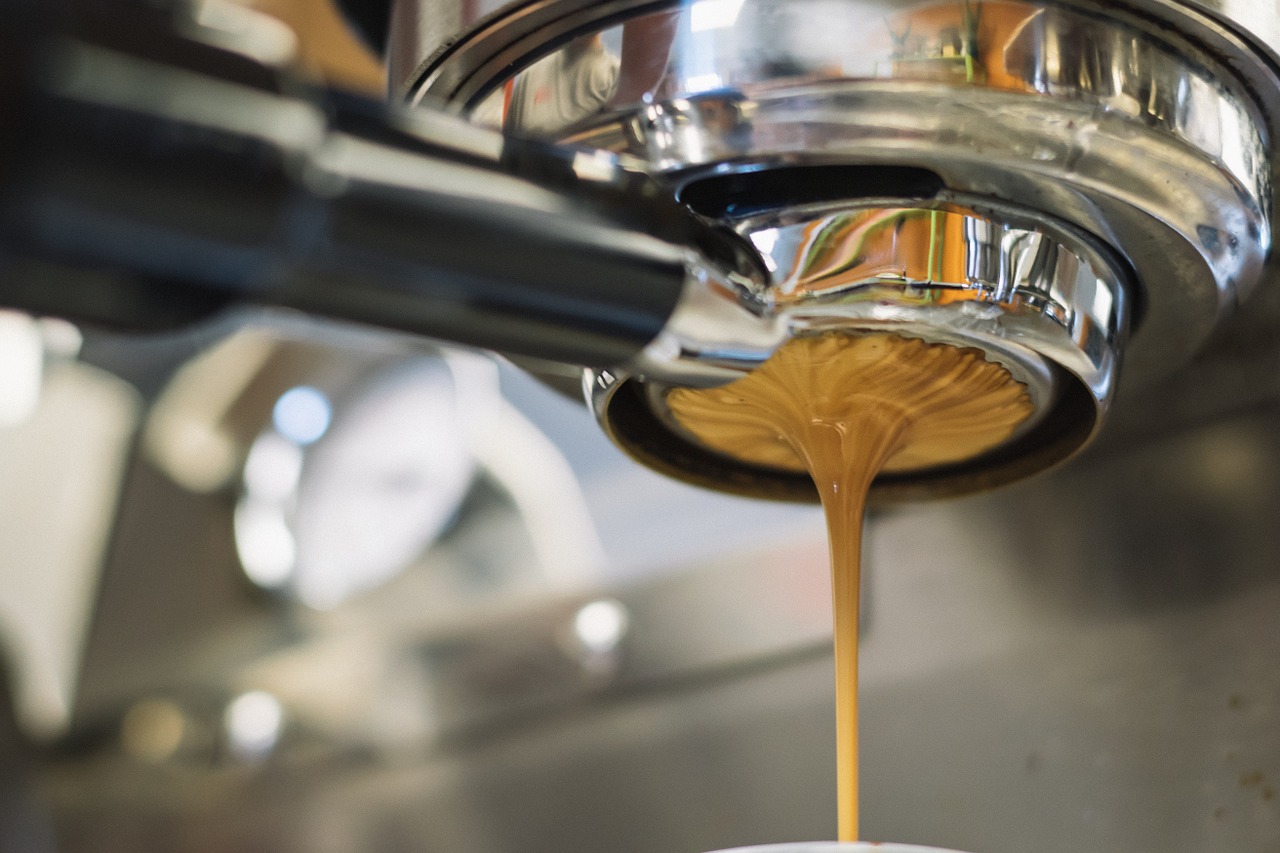Do you love your morning coffee but hate standing in a long line at the cafe? You can make your own, cafe quality espresso at home as long as you have the right tools and know how to use them.
Start with a Great Grind
The most important step in the espresso process is grinding and making sure you get the best texture from your coffee and machine. Professional baristas use a burr grinder, not a blade grinder, and dial in their grind. Burr grinders will give you consistent grounds, dose, output and extraction time. All of these affect the taste of your coffee. This barista blogs about running her own shop and has a lot of tips about the best way to dial in, test and use your coffee.
Buy the Best Espresso Machine
There are some amazing machines on the market like La Marzocco GS3, a professional-level espresso machine that fits on your countertop and goes for about $7,000. Use this to make your single-origin espresso, and you will win coffee.
Don’t have thousands of dollars in your coffee budget? You don’t have to pay a high price for great coffee at home. Coffee Maker Picks listed their five best machines on the market here that range from the stellar Breville Barista Express to the more common Mr. Coffee Espresso Pump Machine. Or, a Craft Sense favorite, the Aeropress, which perfectly balances quality and convenience.
No matter the brand, check your pressure for your espresso. A worthwhile machine puts nine bars of pressure on the coffee to get the hot water through the grounds and give you the best flavor, especially if you want to taste the specific regional terroir flavors. If your machine can’t give you that, move on.
Get to Know Your Espresso Tools
When you shop for essentials, you must hunt down the best scale for your daily use. Yes, you can scoop a spoonful of coffee and pray it works out, but a scale for your coffee and water will give you best results every time.
As you change brews or styles of espresso drinks, you will need different ratios of water to coffee. Each bean has a different density, so a scale is essential to know exactly how much you need. Bloggers at Seattle Coffee Gear break down weighing coffee and the best scales here.
An espresso machine is a collection of gadgets, each of which serves a specific purpose. Here’s a quick list of the parts.
- The Brew Head – the spigot that directs the hot water through the coffee grounds when you are ready to brew your espresso
- Portafilter – a movable part with a thick, black handle. This is the part that holds the coffee grounds and attaches to the brew head.
- Tamper – A flat, heavy tool used to press the coffee into the portafilter.
- A Tamp Mat – an optional accessory that gives the coffee maker a place to keep the portafilter while using the tamper. It prevents damage to the countertop or table.
- Steam Wand – a small, angled arm that provides steam for milk or water
It’s worth it to spend a little time getting to know your espresso machine and how it works. You may need a few rounds to see how all the parts work together and to feel more confident with your kitchen’s newest addition that makes the best espresso.
Pick your Favorite Single Origin Coffee to Blend
The belief that only dark brews make good espresso is false. You can make an espresso shot with any blend you prefer. If you want to avoid the bitter, burnt taste that some cheaper cafes produce, you can stick with medium blends. Also, be careful where you get your beans. Some people even use their espresso machine to make tea when they want to switch up their morning routine.
Get to Work
- To make a traditional espresso shot, grind a little more than a tablespoon of beans, (7 grams) to a fine texture using your burr grinder set to fine ground.
- Measure out a tablespoon of the ground coffee for a single shot, two tablespoons for a double. Any extra beans leftover in the grinder need to be thrown out.
- Put your grounds in the portafilter and push them into a uniform puck with your tamper.
- Push and turn the portafilter up into the brew head, put your cup underneath and then turn on your machine. You will get a steamy, aromatic shot of espresso directly into your cup.
- You can then add hot water to the espresso for an Americano, a dollop of milk foam for a macchiato, steamed milk for a latte, or milk + foam for cappuccino.
Even though a nice espresso machine has an upfront cost, coffee made at home saves time and money and it’s a great feeling to be self-sufficient even with your morning cup. Enjoy your new machine and the lack of long lines in your life thanks to your ability to make a perfect espresso shot.
We really liked this single origin coffee bean from Norway’s famous Tim Wendelboe. Get it it while it lasts!
